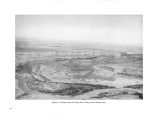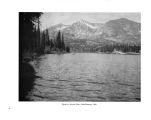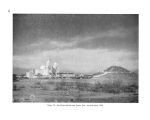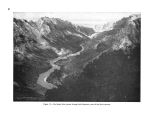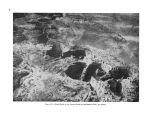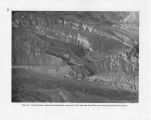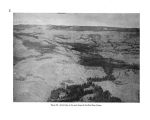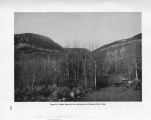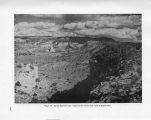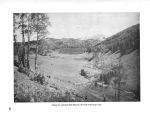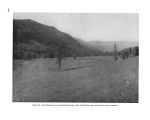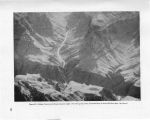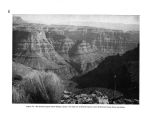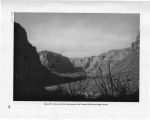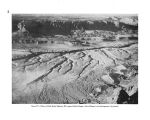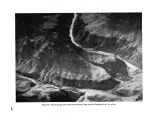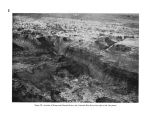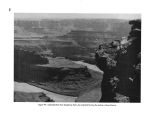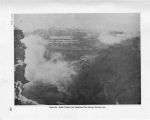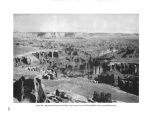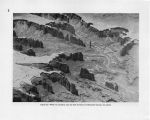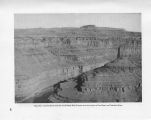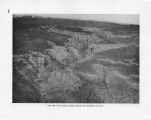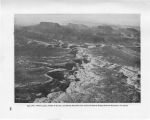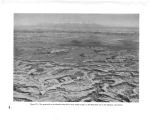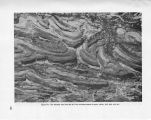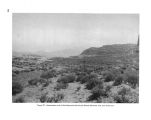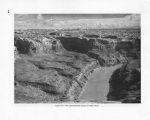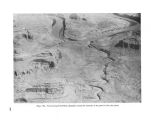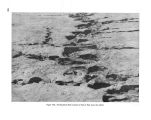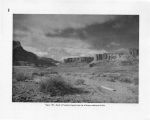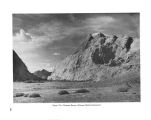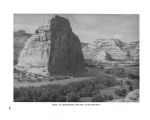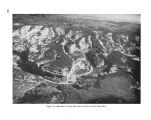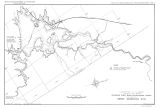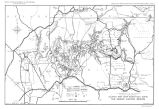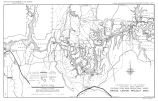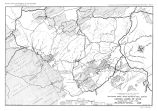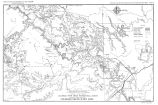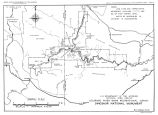| OCR Text |
Show biologists. Even here, however, the trend is hopeful. Hunting, fishing, and trapping no longer are the principal obstacles to the restoration of wildlife. Land use, or abuse, in relation to the remaining soil and plant cover, will determine the destiny of our native plants and animal life. Stream pollution.-- Because of the sparse human population in the Colorado River Basin and the relative scarcity of large industrial establishments, stream pollution is not nearly as serious as in the East. However, mine and mill waste has destroyed large numbers of fish at times, 56 and still is responsible for the poor quality of fishing in many Rocky Mountain streams. The recent introduction by man- caused erosion of great quantities of sediment into streams that formerly were clear is a form of pollution. Fish food is destroyed during floods when the moving sand and gravel tear aquatic plants and animals loose from stream beds and grind them to pieces. Silt deposited in stream and lake beds smothers aquatic growth in a manner comparable to the burying and killing of topsoil on land by the deposition of inert layers of flood- borne sediment. Fish may be killed directly when spawning beds are covered by the silt deposits and the eggs smothered. In severe floods the fish often are suffocated by the suspended mud or crushed by the moving masses of rock and gravel. 57 Even in the absence of scouring floods, any fine silt or mine sediments that may be suspended in the water are extremely harmful because they shut out the sunlight that is required for the growth of bottom- dwelling aquatic plants. These plants, particularly the microscopic forms, are the starting link in the aquatic food chain in the same general way that topsoil organisms have been shown to be the starting link in the terrestrial food chain. REMEDIAL MEASURES SO FAR TAKEN The decline of wildlife reached an all- time low in the late 1920' s. Since then, vigorous conservation efforts have partially restored some, but by no means all, species. 50 Ellis, p. 127. u7 Moffett, 1936. Regulations.- Gradual enactment of fish and game laws finally checked the old- time slaughter of wildlife, rescuing some species from the verge of extinction and permitting others to recover to a considerable extent. Such regulations were absolutely essential and always will be part of any conservation program, but they cannot solve the fundamental problem of wildlife production. They can be used to curtail the taking of wildlife to a safe proportion of the remaining numbers, but they cannot restore the worn- out land, de- silt the streams, or bring back the grass. If and when such a restoration is accomplished, present hunting and fishing regulations no doubt can be extensively liberalized. Artificial propagation.- In recent years, large sums have been spent annually by State and Federal departments on artificial fish propagation. Similar expenditures are made by State and private agencies on the propagation of game birds, and by private industry on the production of fur bearers. No doubt, artificial fish propagation always will be necessary to satisfy the requirements of the vast and growing number of fishermen. However, the addition of new fish, no matter how great the numbers, cannot restore the productivity of lakes and streams. If the former productivity and stability of the waters can be restored, artificial propagation either can be reduced or, if maintained at the present volume, can furnish vastly more recreation to still greater numbers of people. The artificial propagation of game birds is becoming recognized as an expensive substitute for the process which nature formerly accomplished on an incomparably greater scale. A few introduced game species have been able to hold their own in an impoverished man- made environment, just as certain plant species have been able to take over after the native grasses were killed out. However, it has been learned that permanent results usually are dependent upon restoration of the land to something like its former productivity. When this is accomplished, nature needs only moderate help from man in restocking. Fur farming is replacing wild trapping to an increasing degree because of the declining productivity of the wild lands. One of the benefits of restoring some types of lands, and using them on a 67 |




























